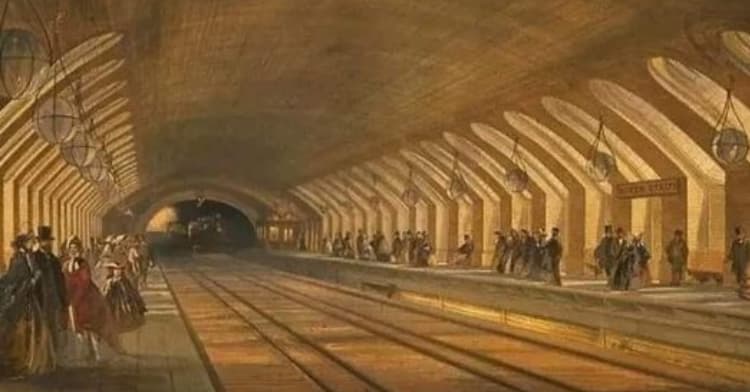
Crumlin Viaduct in Wales stands as a testament to Victorian engineering prowess and the industrial achievements of the 19th century. Opened in 1857, it was hailed as one of the most remarkable examples of technological advancement during the Industrial Revolution.
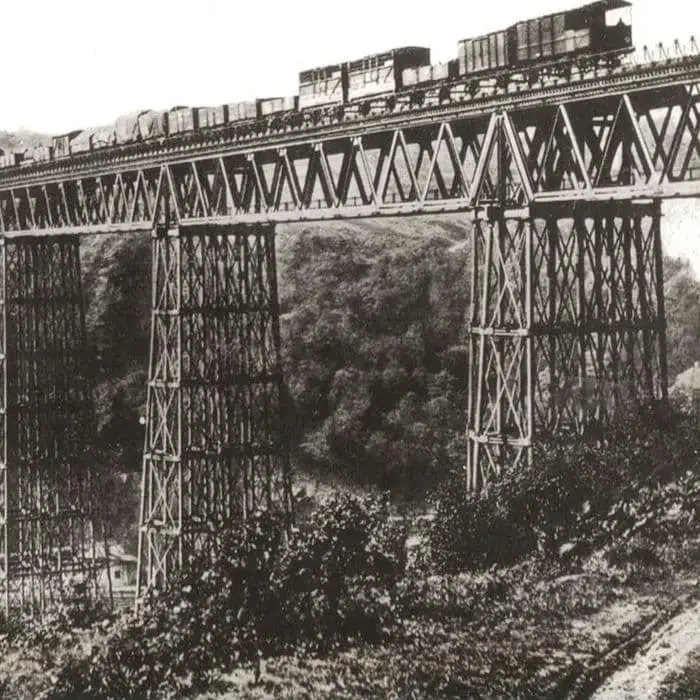
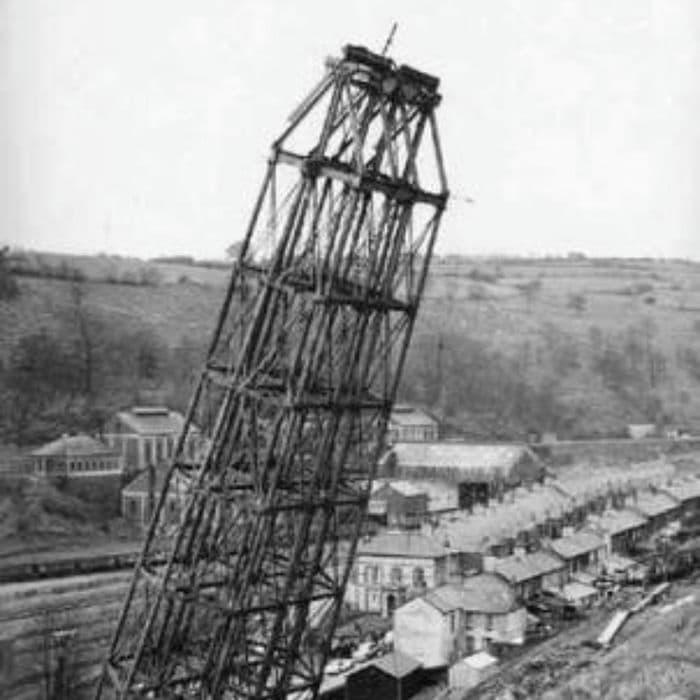
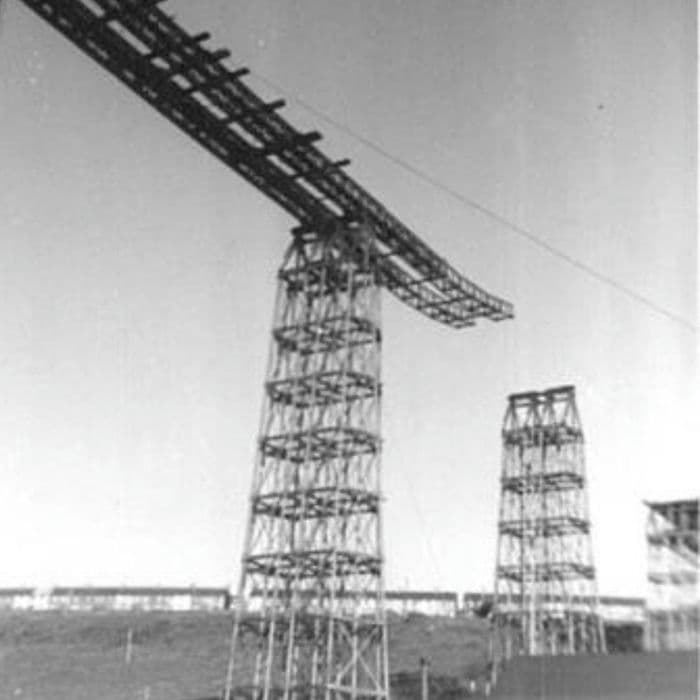
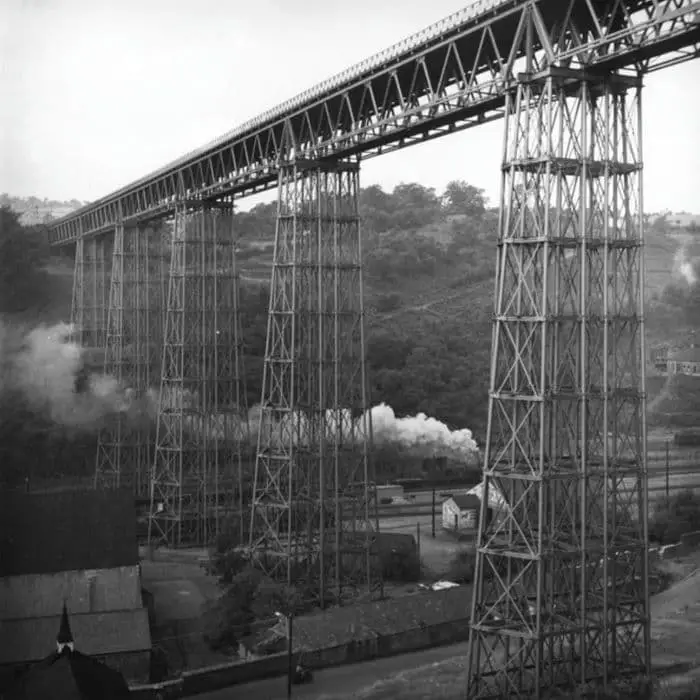
Situated above the village of Crumlin in South Wales, the viaduct spanned the Ebbw River, serving as a crucial link between the Taff Vale Railway and the Newport, Abergavenny, and Hereford Railway. The decision to construct a viaduct of wrought iron, proposed by Thomas Kennard, proved to be the most feasible solution to the technical challenges posed by the steep and windy Ebbw Valley.
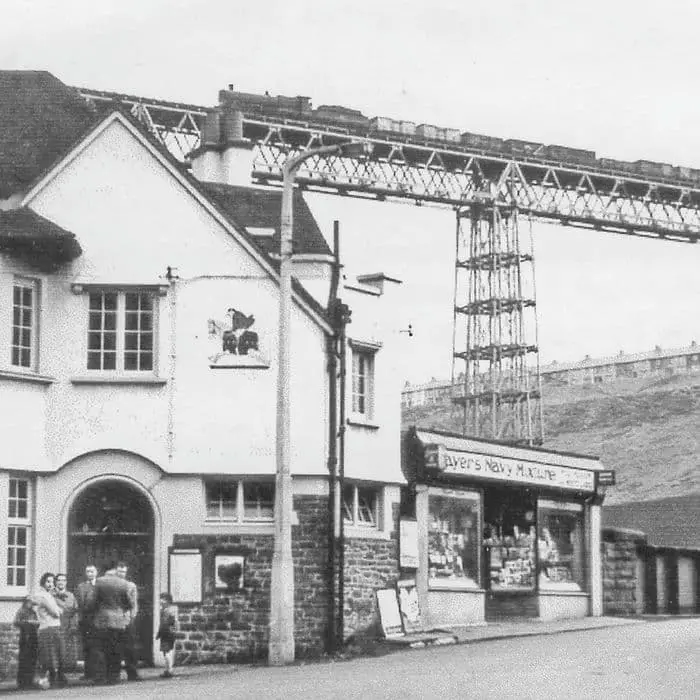
Constructed with iron trusses supported by stone piers, the viaduct soared to a height of 200 feet and stretched across the valley for 1650 feet. Despite the difficulties and dangers inherent in such ambitious construction, including the loss of one worker’s life, the viaduct was completed over several years of painstaking effort.
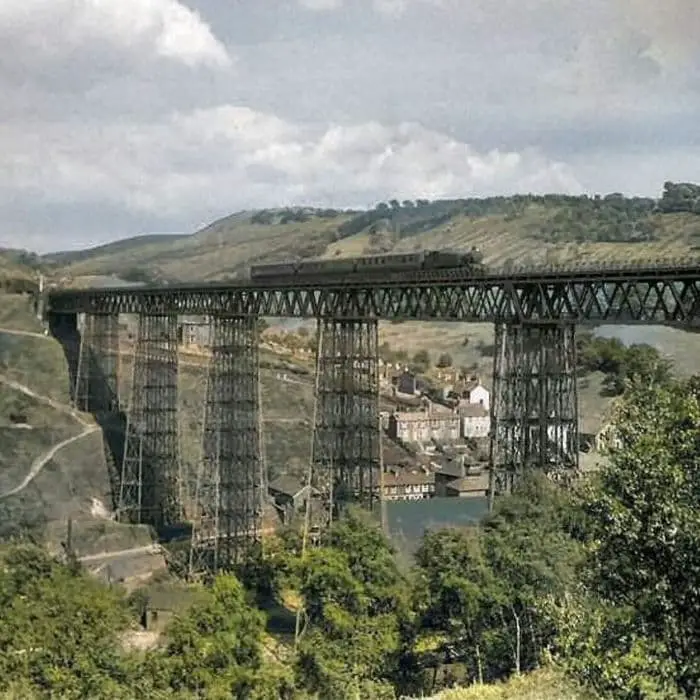
Upon its opening, the Crumlin Viaduct had a profound impact on the surrounding area, leading to the establishment of Crumlin Village and various amenities to serve the needs of the burgeoning community. However, the viaduct’s fate took a downturn in the 1960s with the implementation of Dr. Beeching’s controversial railway restructuring plan, which resulted in the closure of numerous railway lines and stations, including the Crumlin Viaduct.
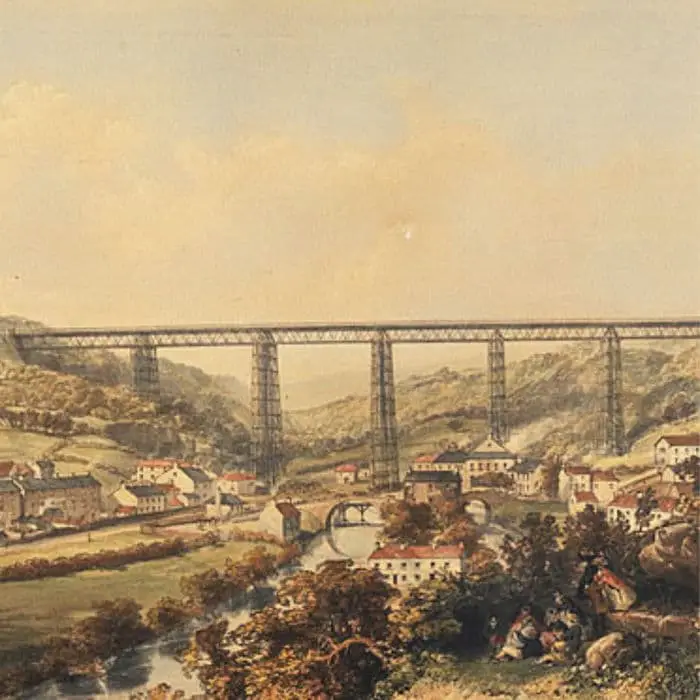

Despite being recognized for its architectural and historical significance, the viaduct faced demolition due to maintenance costs and safety concerns. Demolition commenced in 1966, marking the end of an era for this once-iconic structure.
Today, remnants of the viaduct’s abutments serve as poignant reminders of its former grandeur, sparking nostalgic memories for those who once traversed its impressive span.

